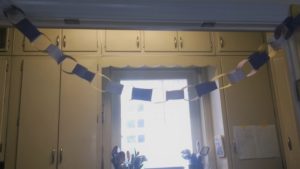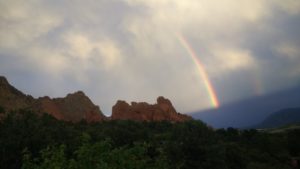Growing up, my family usually participated in the MLK Day marade that marched – or rather, walked at a leisurely pace – through Downtown Denver. The first year I remember going, my dad pulled me in our little red wagon. Then there was the year we saw and briefly talked to Cleo Parker Robinson. And the year we met our neighbors there. The weather (because this is Colorado after all), was always different. It was windy or hot or chilly or cold with a side of hot chocolate. But two things remained the same for over the years: we went to Chipotle afterwards and… it didn’t mean much to me. I had learned about Rosa Parks, Ruby Bridges, Martin Luther King, Jr. himself, and what they stood for, but I saw the day and the marade as an excuse for no school and a long walk with hundreds of strangers.
In college, even though I had long since discovered racism, both historical and present, MLK Day was admittedly the day before my second semester and quite simply, a day of mental and physical preparation.
Today, I worked. I listened in as a staff member read about MLK to some residents while they ate cake and occasionally interjected with facts or questions. And I returned to listening to and observing the ones I was there to serve. I had learned that all of these civil rights leaders and legends were human and not infallible, but these people I interacted with, even so, more real and equally as impacted by the abuses, neglects, and hatred of the world as the people I learned about in history books.
Listening to a resident describe how he was mistreated by medical professionals and seeing how another resident was abused by family and the world around her, I truly see what racism, sexism, and stigma sound and look like. In some ways, I think working today has been the best experience I’ve ever had of MLK Day. It’s made me feel a little helpless, I have to admit, but mostly, it’s given me another reminder of why I want to be a social worker. Maybe one day instead of feeling helpless, I’ll feel help-ful.

